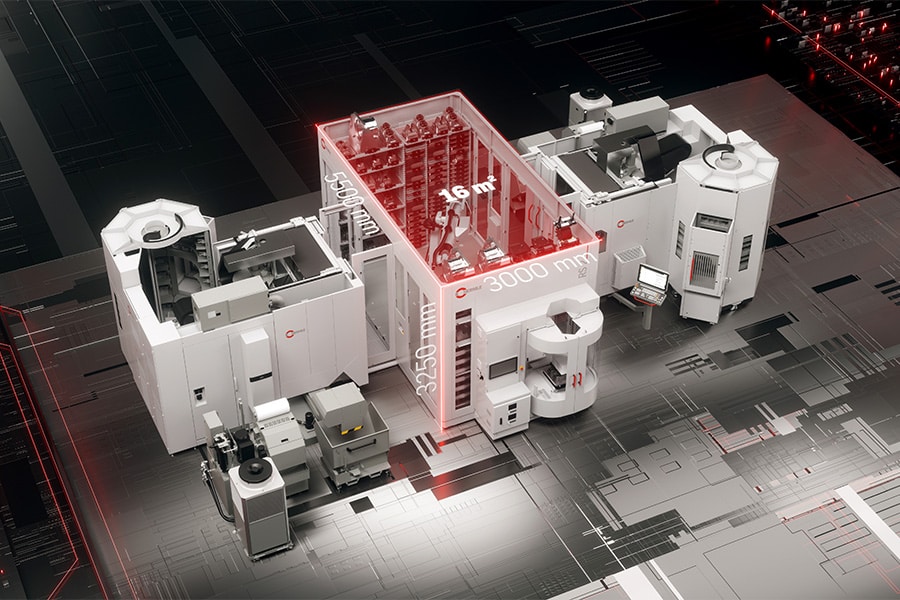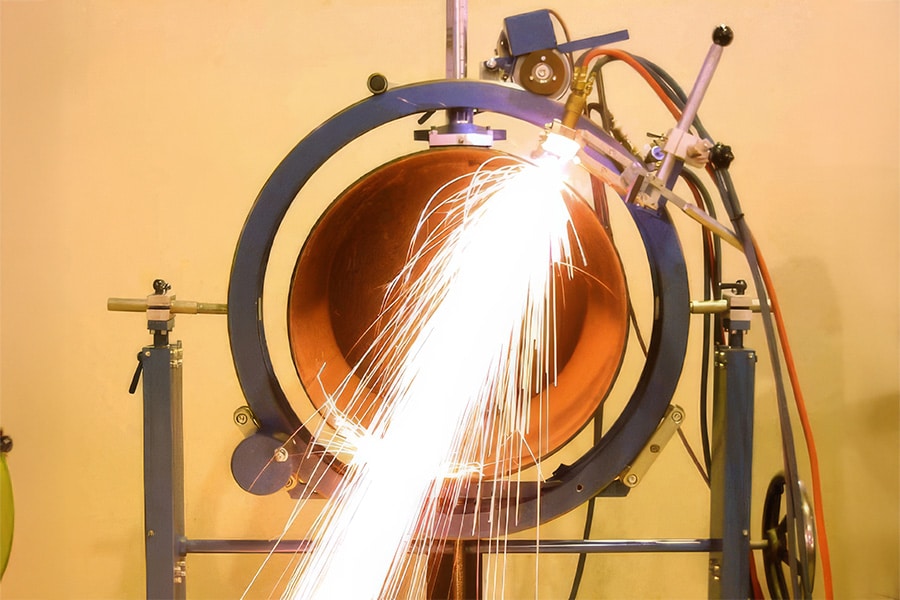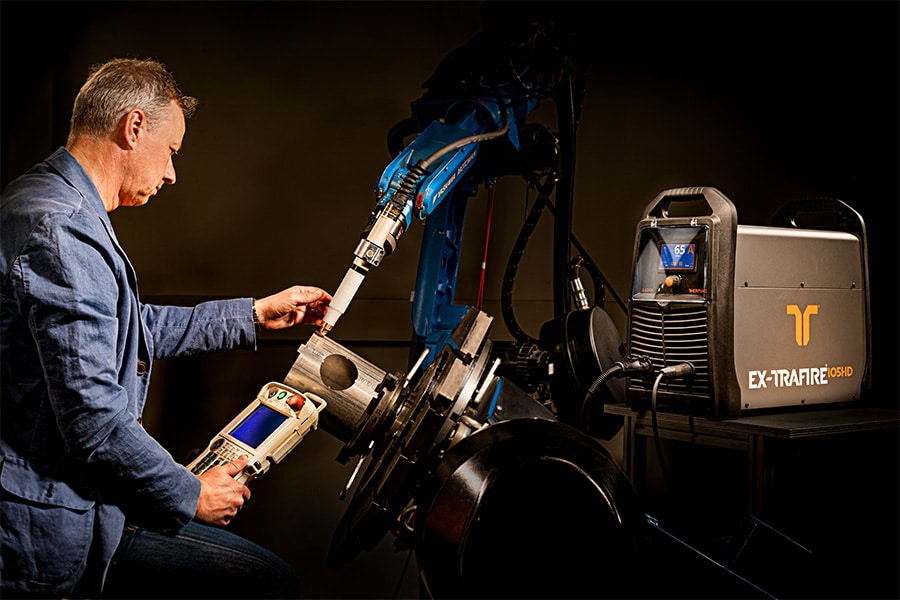
The Pen | Abdellatif Bey-Temsamani, project manager at Flanders Make
Flexible and cost-effective machining of large composites
Composites are increasingly being used in the aerospace industry. Because of this shift, production processes must also be adapted. Not an obvious evolution because current machining processes are not flexible and efficient enough. Extensive, custom-made, and consequently expensive clamping systems are required to prevent splintering and delamination of the composite. With the trend toward smaller runs and mass customization, the shortcomings of these solutions are magnified.
For that reason, research center Flanders Make and its partners developed some innovative technologies to make the machining of large parts in composites more flexible and cost-efficient. A first step in the right direction is vibration-assisted drilling and machining. That means qualitative drilling and machining of composites with customizable Automatic Drilling Units that control force and vibration. This technology has a positive impact on tool life and speed of machining.
A second option is the innovative cryogenic cooling technology. It uses sub-zero cooling to compensate for the high machining temperatures of the composites. This also extends the life of the tools used and improves the quality of the machined parts. In addition, Flanders Make and partners have researched and optimized the coatings and geometries of cutting tools. In this way, these tools can be used longer and thus the cost of machining can be reduced.
When machining large composite panels, it is important to stabilize the panels to obtain the best possible quality. The larger the panels, the more they deflect, vibrate or spring back. Custom fixtures or modular suction systems can remedy this, but are very expensive and difficult to configure. Flanders Make's "Smart Clamp system" provides relief. This technique supports the panel locally with single pistons on the cutting side. This eliminates the need for custom fixtures to support the underside. The Smart Clamp provides support in function of machining locations, which leads to high precision and greatly reduced deflections (and consequently less splintering and delamination).
The biggest advantage is the fact that the smart clamp can be fitted to existing CNC machines so no changes need to be made to the infrastructure of the machining centers. This applies not only to the hardware, but also to the software. The module is designed to operate without communication with the CNC machine's software or production planning. It will detect when the CNC machine approaches a workpiece, then clamp down, estimate the feed rate and determine how much force must be applied to compensate for the process forces. Finally, it will detect when the clamp needs to be unloaded.
The various techniques provide longer tool life which can significantly reduce production costs. Less time is also required to deliver quality composites. Furthermore, the delivered workpieces are of a higher quality. In addition to large components for the aviation industry, for example, the innovative solutions can also be used for a wide range of operations and applications.



